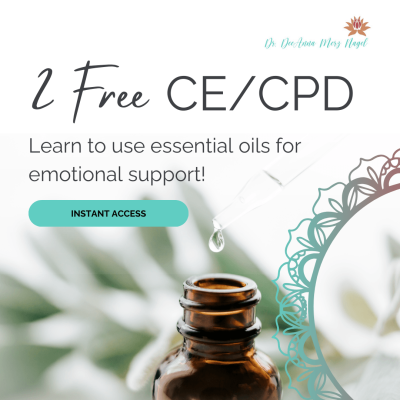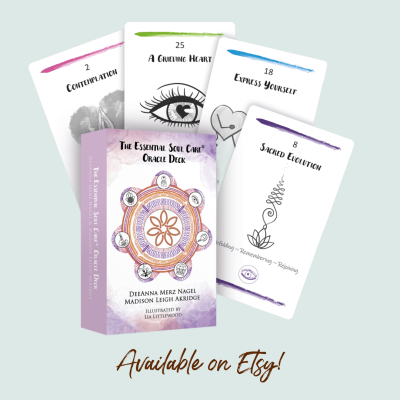
When you are initially practicing on family and neighbors, the consent form acts to provide information and clarification for participants and it helps you begin to establish a sense of professionalism in your work. When you feel ready to practice Healing Touch, Reiki or another form or energy healing beyond your circle of family and friends, or want to start a private practice, a consent form may offer some protection from liability while clearly defining and establishing the client– practitioner boundaries in the relationship.
Initiated in your first intake session, an informed consent dialogue helps establish the practitioner-client energetic connection and invites a client’s fuller participation in the healing process. Each practitioner knows their client base and can best determine what elements and information is best suited to their practice and client needs. Every state and locality could have different laws or regulations that might impact on a practice. If you have any questions or concerns you should consult a local attorney in your area that specializes in health related law.
Informed Consent Priorities
Because this discussion will most likely be the first encounter a practitioner has with a new client, it becomes important that the information in your consent form is clear, open and written at an appropriate level for your client’s understanding. It should be written to encourage questions and discussion. The following list offers some ideas of what might be included in the individualized consent form you create:
• Ethical: This consent is the foundation and framework for building a safe and ethical client-centered holistic practice where clients are honored and empowered.
• Informational: A consent form offers specific information about the kinds of services you can legally and ethically provide as well as any limitations. (I.e. touch if outside the scope of your professional practice, or any other professional limitations)
• Notice: Gives clear notice of session content, training, and background of provider, session fees, fee policies, payment structures and client responsibilities
• Legal: When a provider offers information and explanations of what will occur and client gives full consent in writing, litigation is less likely to occur.
Define Boundaries: Informed consent helps create the opportunity to discuss and define important energetic, physical and professional boundaries for client and practitioners. Complementary and Integrative healthcare systems offer a unique opportunity for clients to work in harmony with their practitioner creating a healing plan, setting goals and discussing progress. This is a very different relationship model than traditional medicine and there are more boundary considerations inherent in practicing within the sacred space of human energy fields. Your clients will most likely want to know essential information about you, your background in healing work and your training and education. They might also want to know more about the nature and history of Healing Touch and why it is considered energetic, holistic or complementary and/or alternative. Practice writing and discussing some of these elements with other practitioners or mentors in your community to get more comfortable with the dialogue that might go along with the introduction and signing of the form.
Key Elements
1. If you are not in a medical profession (which generally includes the therapeutic use of touch in its scope of practice) and you work under your scope of practice only, be certain to explain your legal status in your state and locality and your adherence to this scope of practice.
2. If you do have a professional license, for example in the mental health field, explain how touch either is or is not included or restricted in your scope of practice.
3. ALL consent forms should provide a clear expression which states that Healing Touch is never meant to replace care from a qualified health provider or practitioner. Clearly state that you are not trained to diagnose illness, make recommendations involving pharmaceutical drugs or surgery, or handle medical emergencies.
4. If you are working with minors, the adult parent or guardian needs to sign the consent form.
Other Elements
1. Discuss the research and history of use of the modality you use to the degree that this seems helpful and appropriate.
2. Inform the client of your training and limitations to do work.
3. Inform and explain to the client all of the procedures which will be used and describe the order in which you will do them if applicable (ex: 10 step Healing Touch Sequence).
4. Describe any reasonable or known and foreseeable risks or discomforts possible with this modality, if any.
5. Describe the reasonably expected benefits if possible.
6. Describe the confidential nature of the work as well as the exclusions to confidentiality.
7. Explain the fees for your services.
8. Provide notice that the client may discontinue services, change consent, or leave at any time.
This writing is meant to raise questions, educate and create discussion and dialogue around the ethical and legal issues of teaching, learning, studying or practicing alternative and complementary energy healing modalities. Nothing in this article is being offered as legal advice or legal council. You are advised to seek an attorney for any of your professional legal issues, concerns or needs.





